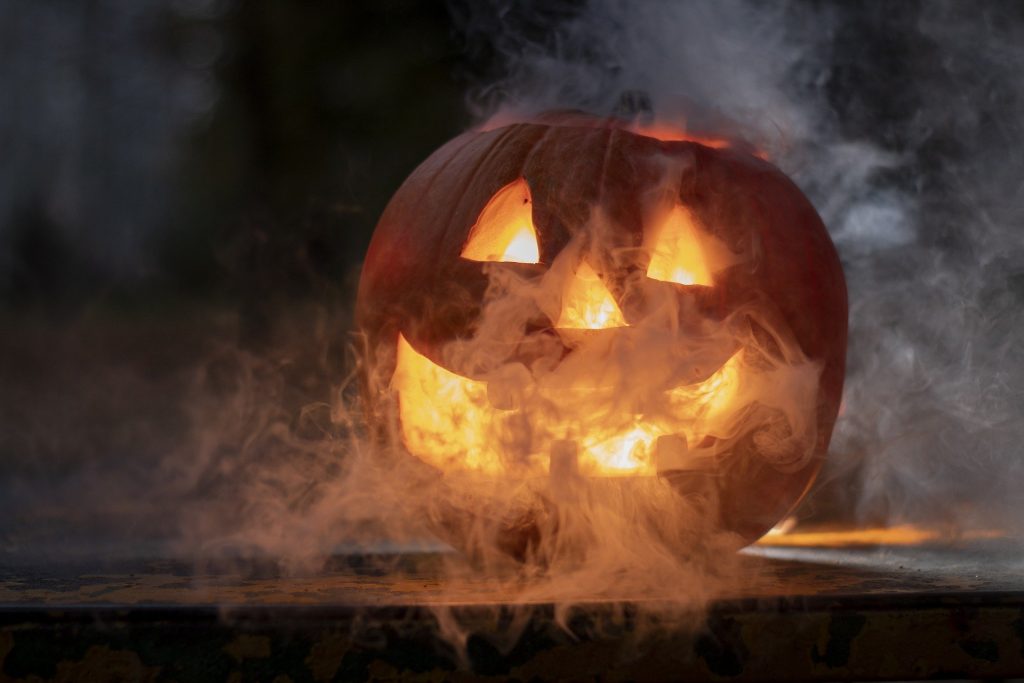 Spooky Season has quickly come to a close — and the Holidays are trailing closely behind. Soon, families everywhere will be discarding moldy carved pumpkins and trading them in for fake snowmen and reindeer.
Spooky Season has quickly come to a close — and the Holidays are trailing closely behind. Soon, families everywhere will be discarding moldy carved pumpkins and trading them in for fake snowmen and reindeer.
However, did you know that decomposing pumpkins emit a greenhouse gas called methane? In fact, methane is so potent that it creates 25 times the warming effect of carbon dioxide. Each season, around one billion pounds of pumpkin are tossed out, further burdening our already delicate ecosystem. That being said: before you send your Jack-o’-lanterns off to the local landfill, consider a few more eco-friendly methods first.
Smashing Pumpkins
For all of the Millennials and Generation X babies out there, perhaps you were once a fan of The Smashing Pumpkins rock band made popular in the 1990s. Although — sadly — the band’s name has no significant meaning whatsoever, the literal act of smashing pumpkins can actually be quite impactful.
Composting has been used for thousands of years to replenish the soil and recycle organic materials like vegetables. Composting your Halloween pumpkin is a great way to save the planet and nourish your garden at the same time. So… how do you compost a pumpkin, you might ask?
Well… you smash it.
For uncarved pumpkins, make sure to remove the guts and seeds prior to composting. If the pumpkin is carved, double-check for candles or wax inside the pumpkin. Set the pumpkin outside where you want Mother Nature to do her best work; a sunny area is best. Then, smash away and cover with leaves and dirt. The smashed pumpkin will decompose much more easily into the soil, leaving behind a much cleaner environment.
Did Someone Say ‘Pie’?
 Nothing says “fall” like a traditional pumpkin pie. However, an average can of store-bought pumpkin pie mix contains almost 200 grams of sugar — nearly five times the amount in a 12-ounce can of regular Coca-Cola. Therefore, why not trade in canned pie filling for the real thing? Your ghoulish pumpkins will start heading to the afterlife soon, so bring them inside quickly and use the meat for your favorite homemade pumpkin pie recipe.
Nothing says “fall” like a traditional pumpkin pie. However, an average can of store-bought pumpkin pie mix contains almost 200 grams of sugar — nearly five times the amount in a 12-ounce can of regular Coca-Cola. Therefore, why not trade in canned pie filling for the real thing? Your ghoulish pumpkins will start heading to the afterlife soon, so bring them inside quickly and use the meat for your favorite homemade pumpkin pie recipe.
P.S. If you carved your pumpkin and already disposed of its insides, you can still eat the skin and rind, which are packed with vitamins and other essential nutrients.
Bury the Past
If the idea of smashing your pumpkin masterpiece is a little too scary, you can still add nutrients to your soil by burying it whole. Choose a spot in your garden or yard that needs a little extra love and start digging. Beware, though: if you do not remove the seeds beforehand, you could have a pumpkin patch on your hands next year.
Feed Your Furry Friends
It turns out; humans are not the only species that enjoys the rich flavor of pumpkin. Many animals — both domestic and wild — would love nothing more than to feast on your Halloween leftovers. If you have property, you can leave your pumpkins outside — away from your garden — for deer, mice, and squirrels to snack on. You can also feed leftover pumpkins to your pet rabbits and cats (but check first with your veterinarian), or to your livestock — chickens, cows, and pigs in particular.
By: Rebekah Harcrow
Do you have a story for The Advocate? Email editor@corvallisadvocate.com

